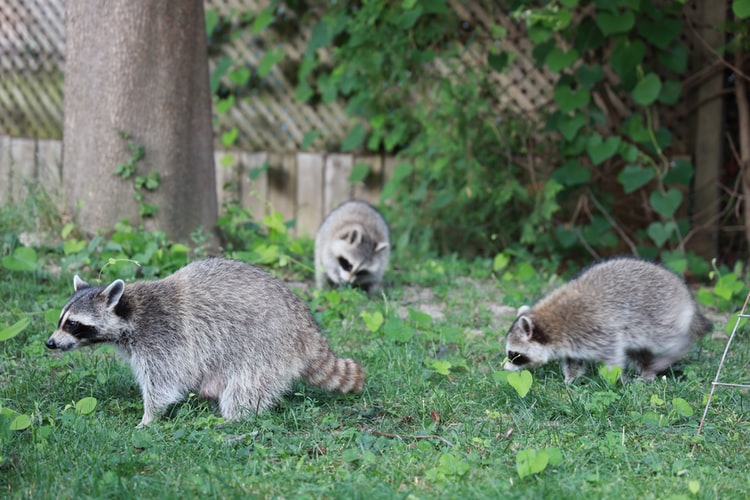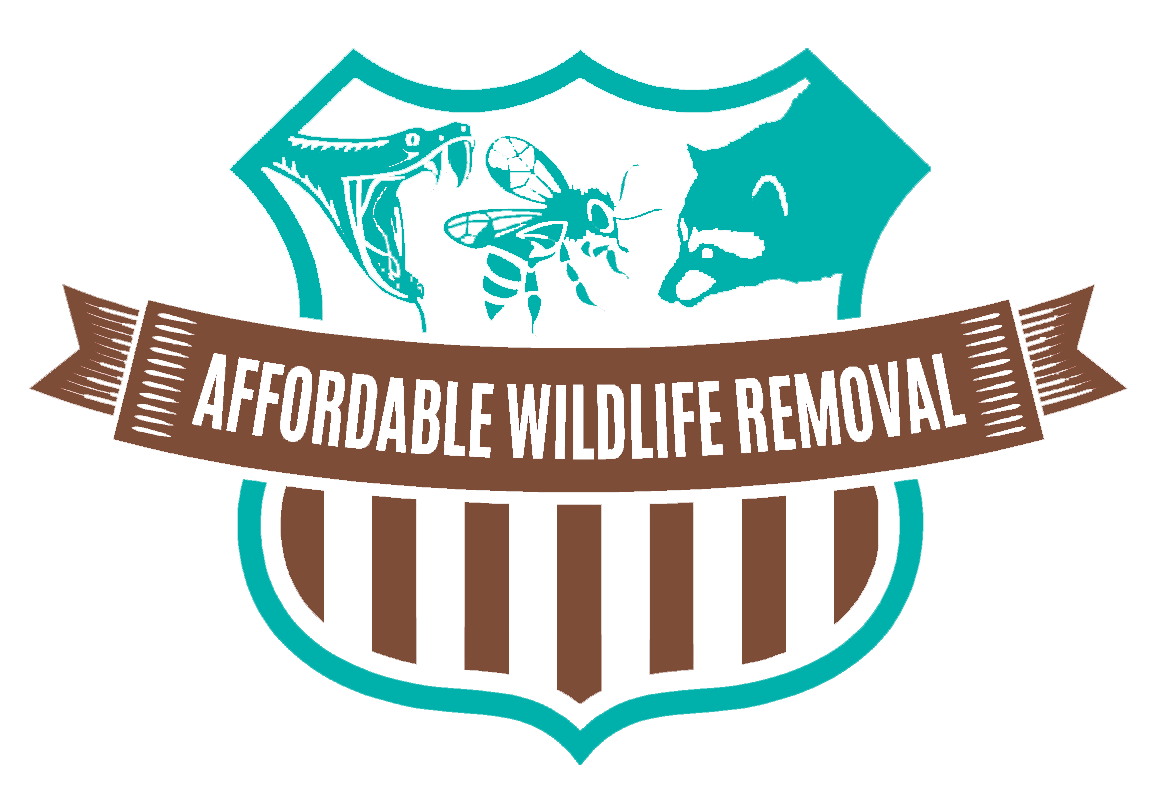Raccoon Damage To The Home

Raccoons are a fairly popular wildlife species since they’re common and sometimes entertaining. However, they can cause problems especially when they occur in large numbers or in close association with humans. Damage to crops, homes and predation of other wildlife (including many endangered species) are concerns. Hunting and trapping, especially in rural areas, may help reduce these problems, but can’t eliminate the threat of raccoon damage.1Go To Source illinois.gov -“Raccoon”
Many homeowners see raccoons as cute cuddly animals they can feed and have fun with. Feeding these animals will lead them to believe that your home has more food inside and will encourage raccoons to hang around the home or find an entry point.
Raccoons have the ability to cause thousands of dollars in property damage and even pose a threat to people/pets. Whether the animals are in your yard or in the attic, damage can happen anywhere and force you to call a wildlife removal expert.
Backyard Raccoon Damage
For racoons, fall is a time to get as fat as possible and spring is a time to put back on weight. Raccoons are most likely to be in search of food during these seasons (most likely to venture around your home).
In the spring and fall, raccoons will dig into the lawn in search of grubs, earthworms or soil insects. It does not mean there are grubs in your yard, but the raccoons will still search for a food source. They’re eating the same things moles do; they’re just working from the top down. Signs of raccoon damage in the backyard include small holes in the lawn and soil piles in irregular locations.2Go To Source canr.msu.edu -“Reduce lawn and garden damage caused by moles, skunks and raccoons”
Raccoons are infamous for destroying gardens and fruit trees. An unprotected garden is a big opportunity for a raccoon family to feed. The animals will eat everything in sight leaving a path of destruction behind them. It’s easy to identifiy when a pack of raccoons have visited your garden because plants will uprooted and tiny teeth marks will be left in the crop.
Raccoon Destruction Inside The Home
Raccoon attic damage is the most common type of damage, because the animals tend to nest in places that are warm and provide protection from predators. Raccoons enter home through holes in the roof or gaps in the structure of the home. If a small gap in the attic is found, raccoons will chew and scratch to expand the hole (easy entry and exit for the animals). Entry damage includes shingles being displaced, tears in soffits and cracked siding.
Raccoons in search of bedding material can tear apart ducts (curious about the breeze generated by air ducts) and insulation. They’re going to break up insulation on pipes, rip the insulating paper off the wall, chew on wires (fire hazard), and trample down insulation or stuff it in places where it doesn’t actually belong. They also will urinate and leave droppings which will seep into the structure of the home and spread disease.
How To Prevent Raccoon Damage?
As stated above, raccoons will look for opening in the attic and expand the openings to gain entry. Sealing up gaps on the roof of a home and installing vent/chimney covers are great deterrents. Doing monthly inspections of your home can help identify any entry pointy that make your home vulnerable to raccoon families.
If you have a garden, protecting it from raccoons is a must. Setting up wire fencing around the garden can make it difficult for raccoons to gain entry, but not impossible. If possible, keep crop off the ground. Raccoons are intelligent animals and capable climbers. Nothing will keep your garden 100% safe from raccoons. If you have taken these steps and still have raccoon damage, it’s time to contact a wildlife professional for help.
Raccoon Damage Has Occurred, What To Do Next?
If damage has already occurred, the next steps have to be efficient and well thought out. If a raccoons has entered your home you should focus on removing the animal before beginning repairs. Do not seal up entry points if the raccoon is inside your home. You shouldn’t do this because the raccoon will be trapped and will create more damage in an attempt to leave or die (leaving behind germs and odors).
This first step is to contact a wildlife removal professional to properly remove the raccoon. Once removed the wildlife pro will relocate the animal far away from the home and be able to seal up the entry points. After that cleaning inside the home is a must because there is no telling what germs or disease the animal was carrying.
If the damage is to a lawn or garden, contact a professional for advice. The wildlife removal expert will be able to provide trapping information or even come to your property to assist in raccoon prevention.
